When gardening, you might have found cottony bits on tree branches or twigs. Those tiny insect pests are woolly aphids.
Even though they normally do not create an infestation, the leaves usually get damaged by them.
Small numbers of aphid won’t be harmful to the garden. You can wipe them away easily with your hand.
When those insect pests form a large colony, they hinder the plant growth, leave sooty mold, and make the foliage unsightly.
If you are looking to get rid of those unwanted pests, just keep reading.
In this article, we have gathered up three removal techniques such as repellent spray, regular pruning, and predatory insects.
Introduction to Woolly Aphids
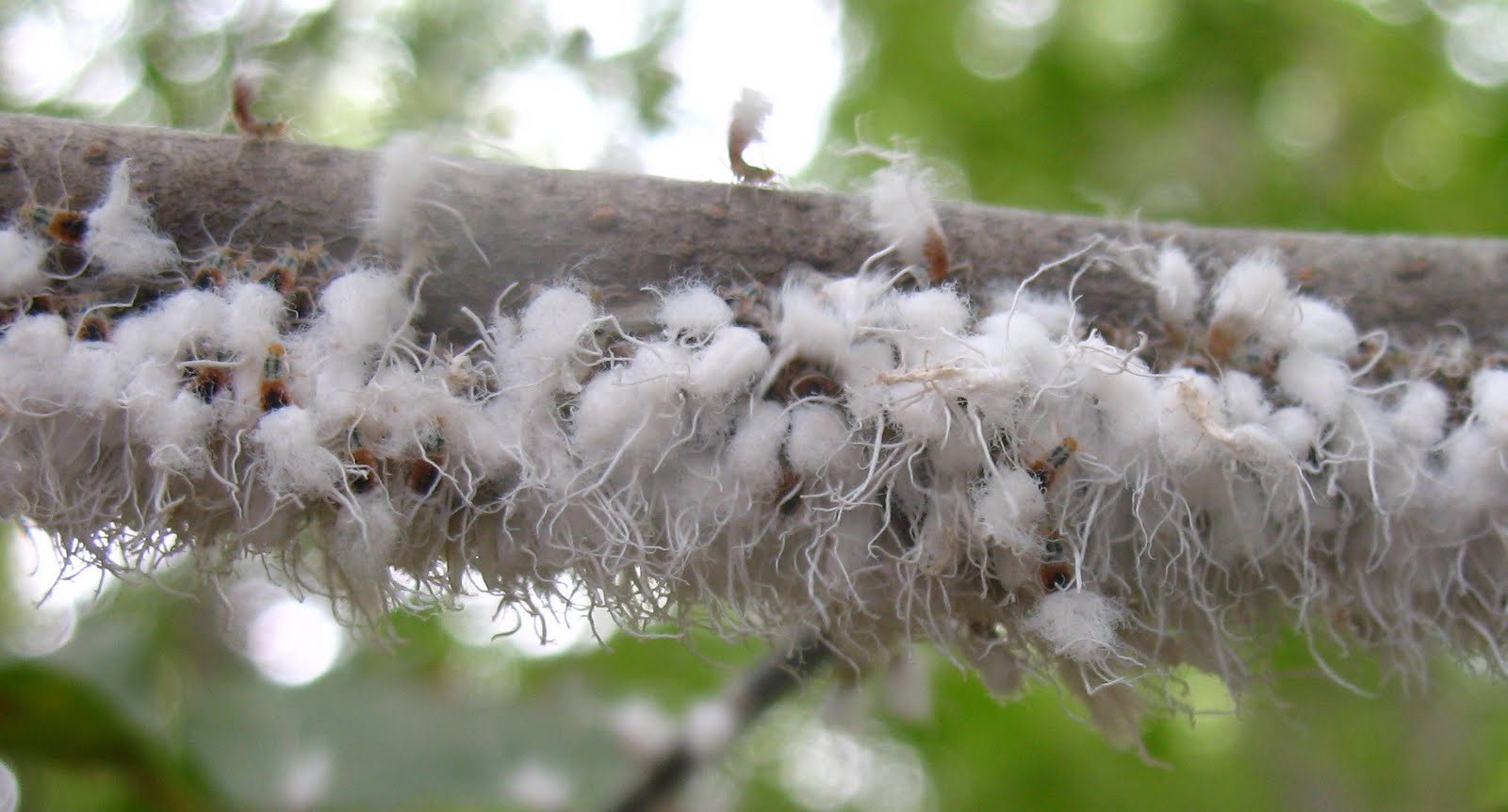
As with other aphids, these insect pests are typically tiny and only grow up to ¼ inch long. Moreover, their small mouthparts pierce the foliage while sucking out the plant juices.
In terms of appearance, woolly aphids are different from their cousins. They come in blue or green. The waxy, white body covering gives some protection to them against pesticides and weather elements.
During their lifetime, this insect normally has two hosts. One is used for laying eggs and overwintering. They feed on the other in the spring and summer.
The aphids like to gather and feast in large groups. They generate cottony mass both on buds and leaves. Some of them also cause damage to the roots as well as tree bark.
If you spot these insect pests for the first time, they probably look like white mold. When disturbed, the woolly aphids will start to twitch instantly.
The Habits and Life Cycle of Woolly Aphids
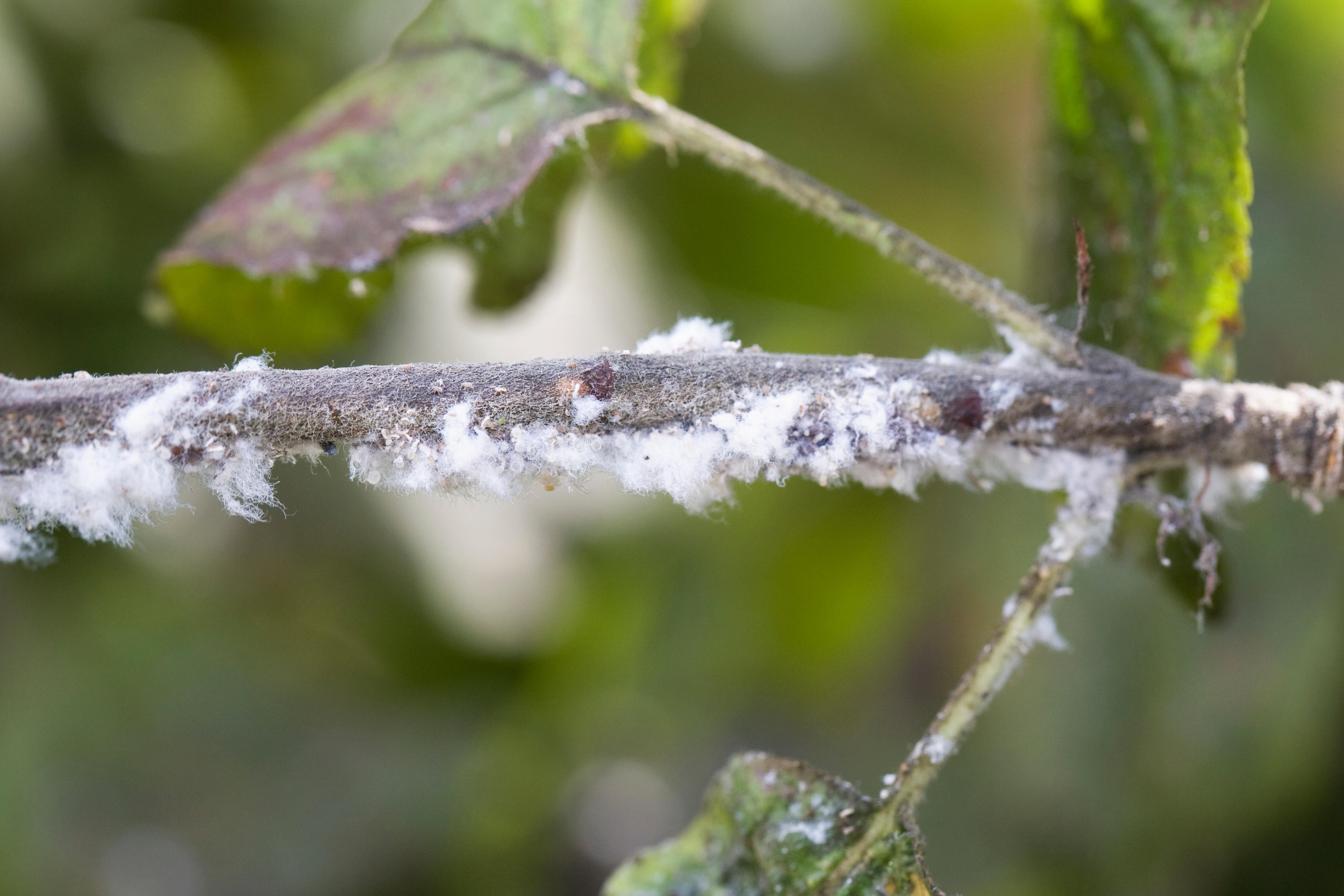
Speaking of woolly aphids life cycle, the adults have wings and lay eggs. Then, they turn into wingless nymphs.
Furthermore, the insect pests create a waxy, white body covering while enjoying the plant fluids.
Since the casing resembles cotton, it gives them a fluffy look. Additionally, they contribute to the spread of gall and cankers on roots. Talk about cotton, we have an article on how to grow cotton, maybe you are interested.
Some of you may think woolly aphids bite humans. The right answer is no. They do not cause any harm to gardeners.
However, those garden pests feast on twigs, buds, bark, roots, leaves, and branches.
The aphids are usually drawn to the fruit trees. In addition to accumulating the wax, they release a sticky, sweet residue substance popularly known as honeydew. It triggers sooty mold and promotes their growth on foliage.
Woolly Aphid Damage to Plants
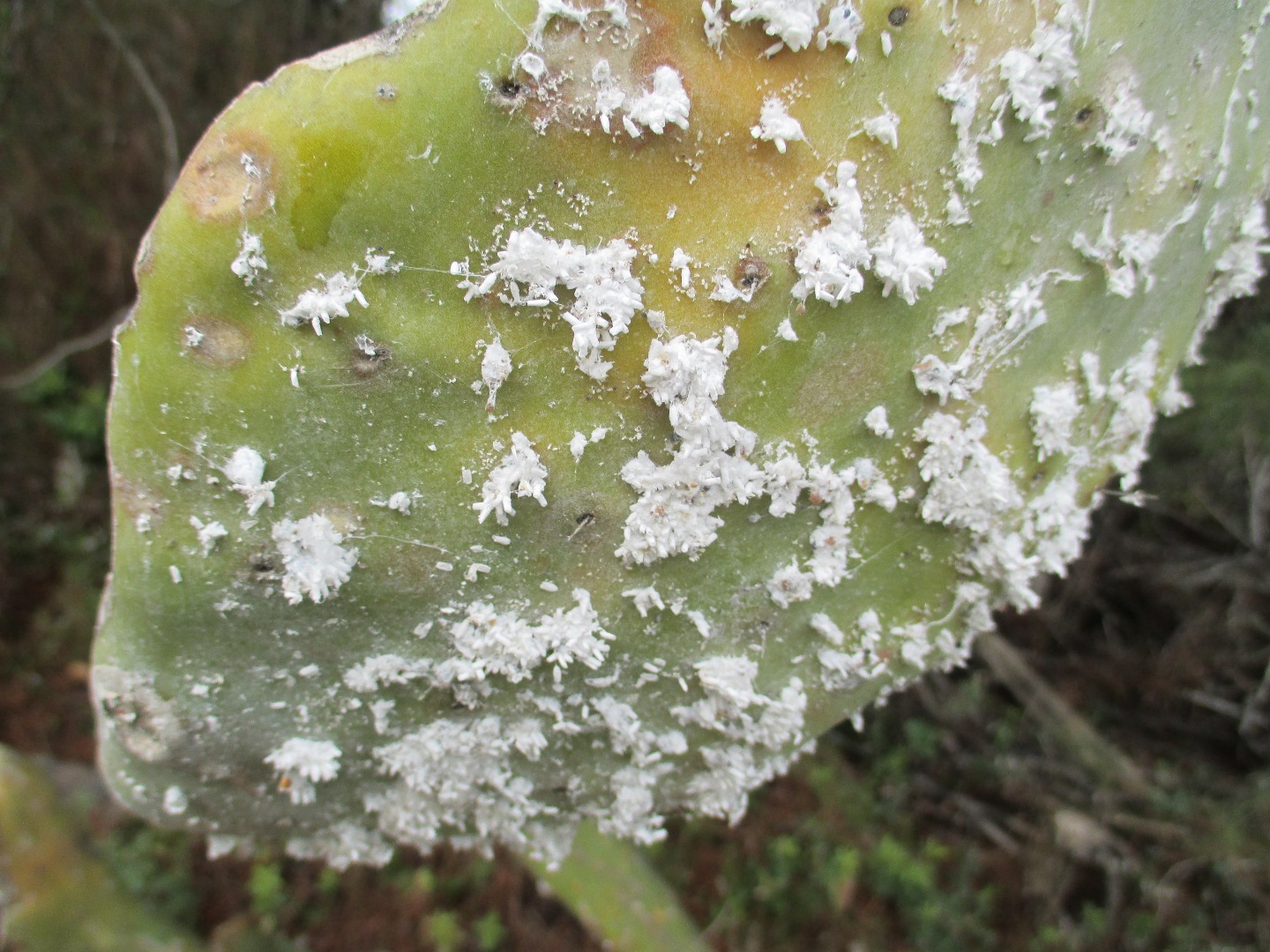
Fortunately, the populations of woolly aphids tend to stay fairly small. That means they won’t do too much damage.
In general, these sap-sucking insects are typically found in clusters. They are destructive to the garden plants.
The damaged leaves usually get curled and distorted. Moreover, the foliage turns yellow and then die.
Sometimes, their infestation leads to the canker development on the hosts. The other damages created by these insect pests are branch dieback and slow plant growth.
Woolly aphids produce sticky, sweet excrement (honeydew). The substance effortlessly attracts the ants.
Furthermore, they do not only munch on the plant’s trunk but also protect other pests around the garden.
The honeydew coating can transform into a sooty mold. As the name indicates, this unattractive black fungus looks like soot. It covers the plants and makes them ugly.
Although the sooty mold does not necessarily damage or impact your plant, it is important to remove the woolly aphids as well as their honeydew. That way, you can control the spread of the black fungus.
The sooty mold coating is probably not harmful to the garden and trees.
However, their thick coating can obstruct the sunlight. It affects the photosynthesis process. If your plants don’t get enough light, their growth rate will be poor.
Controlling and Removing Woolly Aphids
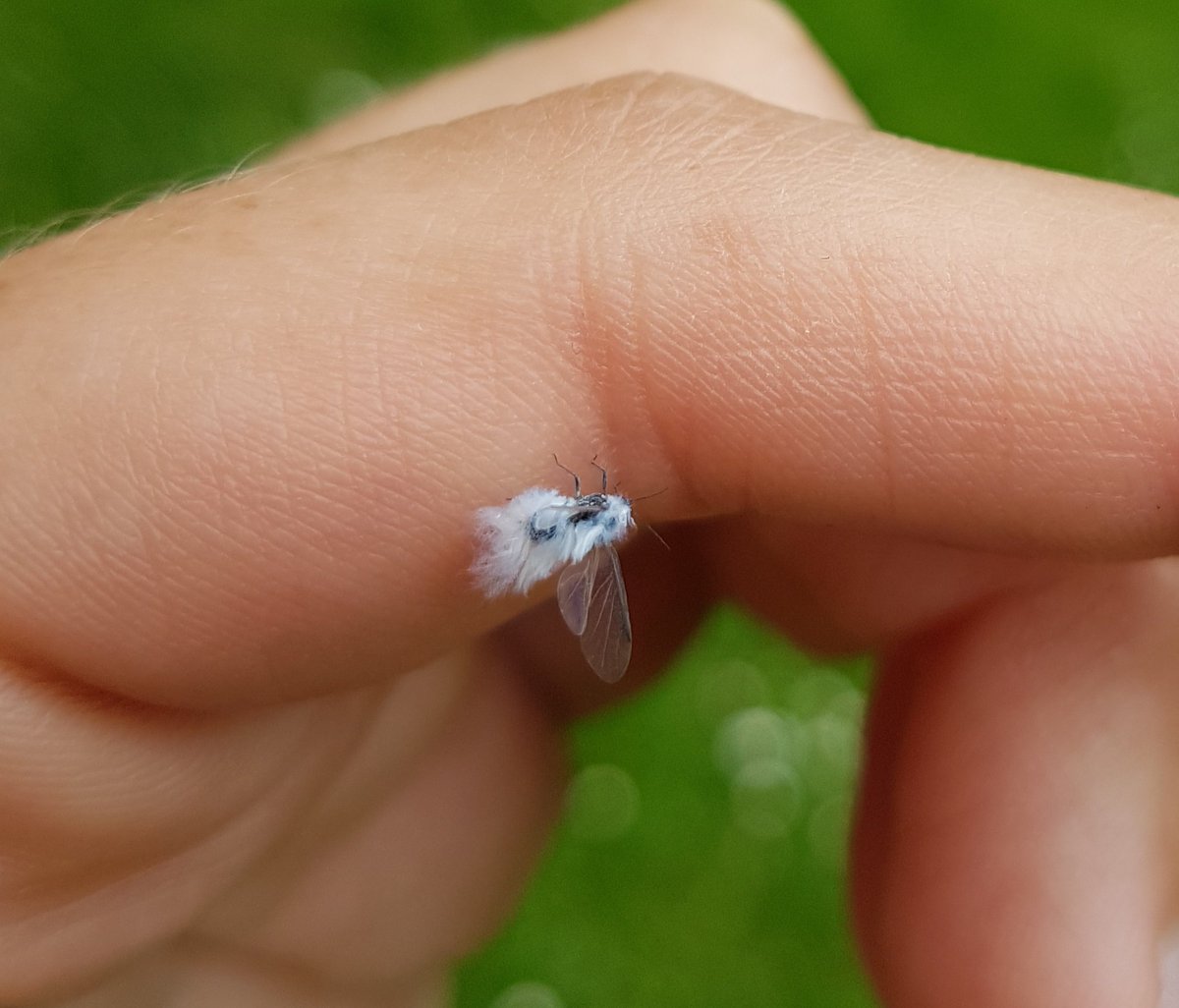
There are different methods you can try to prevent the woolly aphid attack. The infestation can be eliminated without spraying malathion, using store-bought insecticides, or calling in the local pest control service.
If you want to keep aphids as well as other pests in your garden under control, implement the integrated pest management (IPM). This strategy focuses on the gardening habits that holistically can combat them.
Have in mind that healthy plants frustrate pests. That’s the reason the soil nutrients must be kept balanced.
Make sure your garden does not get too much nitrogen, otherwise it will effortlessly attract the woolly aphids.
Only fertilize your soil using organic materials like aged manure, liquid seaweed, bone meal, and fish emulsion. Not only do they sustain the plants, but also prevent nitrogen level spiking.
Moreover, natural fertilizers do not damage your garden. They release the nitrogen slowly and keep the soil airy as well as loose.
When it comes to repelling woolly aphid, you may opt for organic insecticidal soap, horticultural, and neem oils. However, they do not always work.
Here are three effective ways of eliminating those whitish sap-sucking pests. You do not need to worry because the methods use ingredients and basic tools in your home.
How to Get Rid of Woolly Aphids Naturally
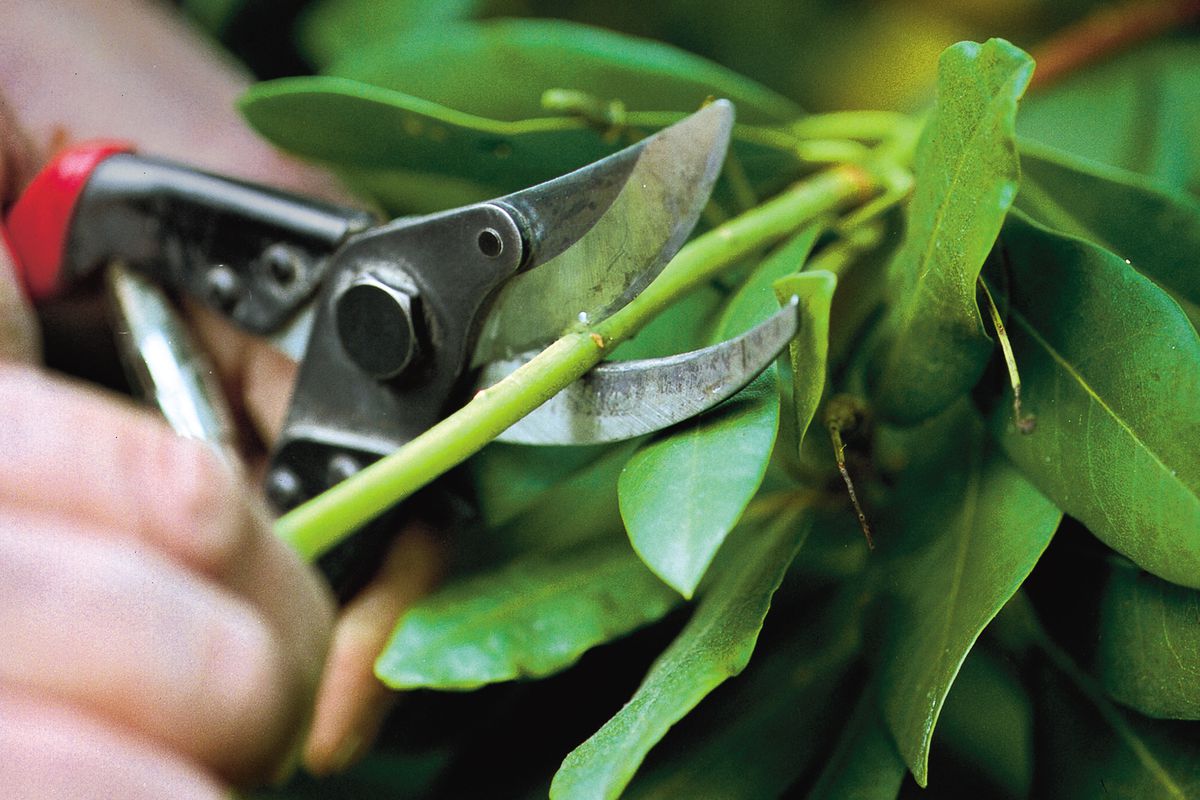
Sometimes, removing aphids with mite repellent, insecticide, or commercial sprays can do more harm than good. Even though they perform pest control, your plants will get harmed.
Do not despair. Luckily, there are safe techniques for battling the woolly aphid infestation. For certain, they won’t damage your impressive shrubs and stunning flowers.
Finally, we have come to natural aphid prevention as well as control. First of all, you must prepare sharp shears, gloves, and a garden hose.
Examine the foliage of garden plants and trees to see the woolly aphid presence. If you find an infestation, use your gloved hands to wipe those insect pests away.
Moreover, regularly spray the plants using a garden hose. Make sure the stream is steady. That way, you can remove all the unwanted aphids.
Large Aphids
In case the large aphid populations damage the stems and make the foliage twisted, prune out the infected sections. When feasible, do not forget to destroy the infected branches, too.
After pruning the wide infestations away, be sure you discard them carefully. Put the branches, stems, and leaves in a large plastic bag. Then, close it completely to keep them from getting out.
Furthermore, set the plastic bag in the sun. Wait until the garbage has been collected. Another option is to burn the large infested branches straight away.
Grooming your trees and plants regularly is seriously crucial. This is such an effective yet easy way to get rid of stubborn aphids from them naturally.
Most gardeners do intense pruning through the middle of their growing season. This helps them destroy the affected branches. Additionally, they prune out the plants moderately during early springtime and colder months.
You can also use horlticultural oils. They are certainly an eco-friendly way to overcome almost any garden problem.
The horlticultural oils come in all-season, dormant, and summer options. They help eradicate the woolly eggs both on shade plants and fruit trees.
For controlling the sap-sucking pests that nestle in the crevices of bark, dormant oil is a good bet. It is really useful in your flower garden or organic orchard.
Killing Woolly Aphids with Homemade Insecticidal Spray
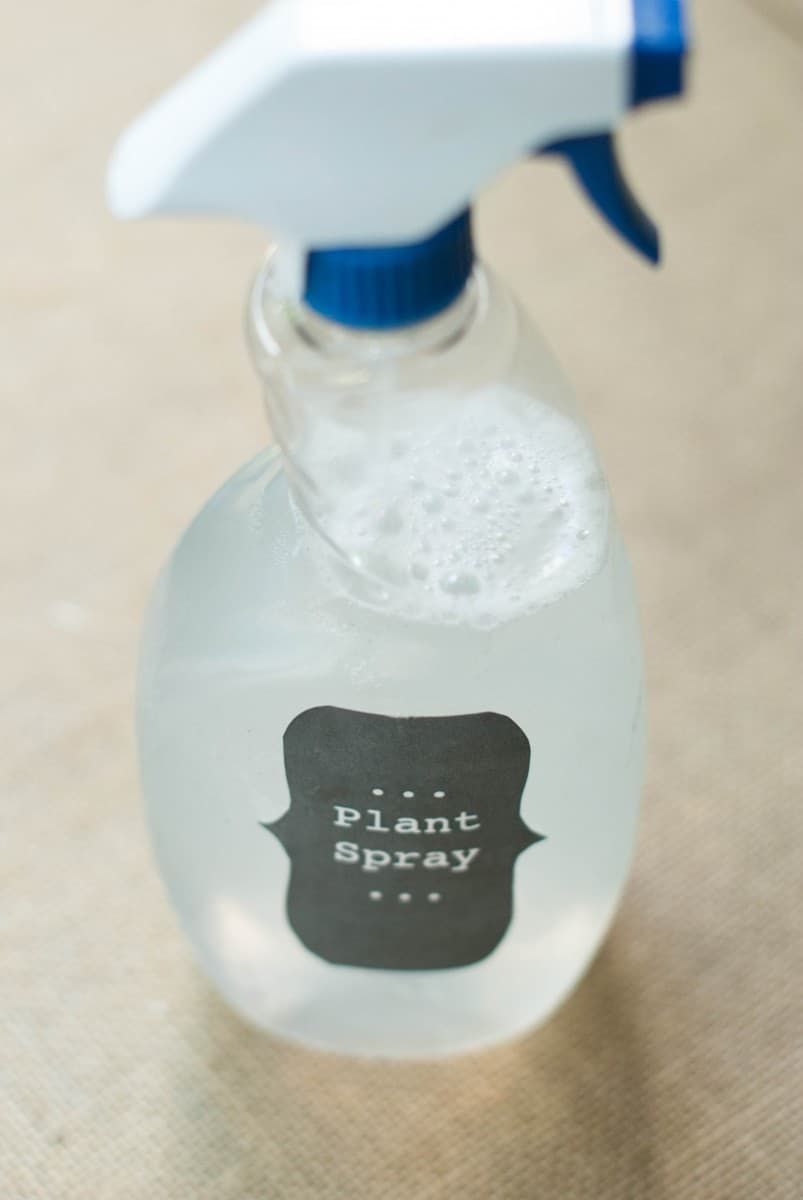
If desired, remove the aphid infestations with insecticidal soap. It is advisable to make the spray yourself.
Undoubtedly, dish soap acts as a natural pest killer because it gets rid of insects without hurting your plants. If the infestation is not severe, simply mix the solution with water.
In case the woolly aphid infestation in your garden is bad, add two or three extra ingredients to the solution, so it becomes more powerful. This spray is inexpensive and environmentally friendly. What else could you ask for?
All things you need to make homemade insecticide are dish soap, spray bottle, water, cayenne pepper, and peppermint oil. Most of those ingredients are available in your own home for sure.
Moreover, the recipe for this plant spray is easy to make. Even though the homemade insecticide is simple, it effectively keeps woolly aphids at bay. You can apply it to roses, apple trees, or other plants.
DIY Insecticide
To create the insecticide, put some pumps of soap and water into the spray bottle. If you desire a stronger solution, add 2 to 3 drops of peppermint oil and 1 pinch cayenne pepper into it.
Give the spray bottle a good shake until everything is well-mixed. Stick label on it for easy future use.
When you spot a fairly large woolly aphid colony, treat those garden pests locally using your homemade insecticidal spray.
For wide infestations, apply it liberally on any parts of the plants and trees where the aphids congregate.
Furthermore, the dish soap solution contains surfactants that kill the woolly aphids without damaging the plants. Once the insecticide has reached the garden pests, they will dry out and then die.
Bear in mind that this homemade insecticide also gets rid of beneficial insect populations like pollinators, therefore use caution when spraying it on your plants. This soapy water can be used to remove mealybugs as well.
The DIY insecticidal spray helps eliminate woolly aphids on the milkweed, vegetables, and other garden plants. If you use it on edibles, do not forget to clean the fresh produce thoroughly. That way, they will be safe to eat.
Aside from spraying the aphids with the soapy water forcefully, you can also wipe those garden pests off easily. Just soak the paper towel in isopropyl or rubbing alcohol before application.
Woolly Aphids Treatment with Predatory Insects
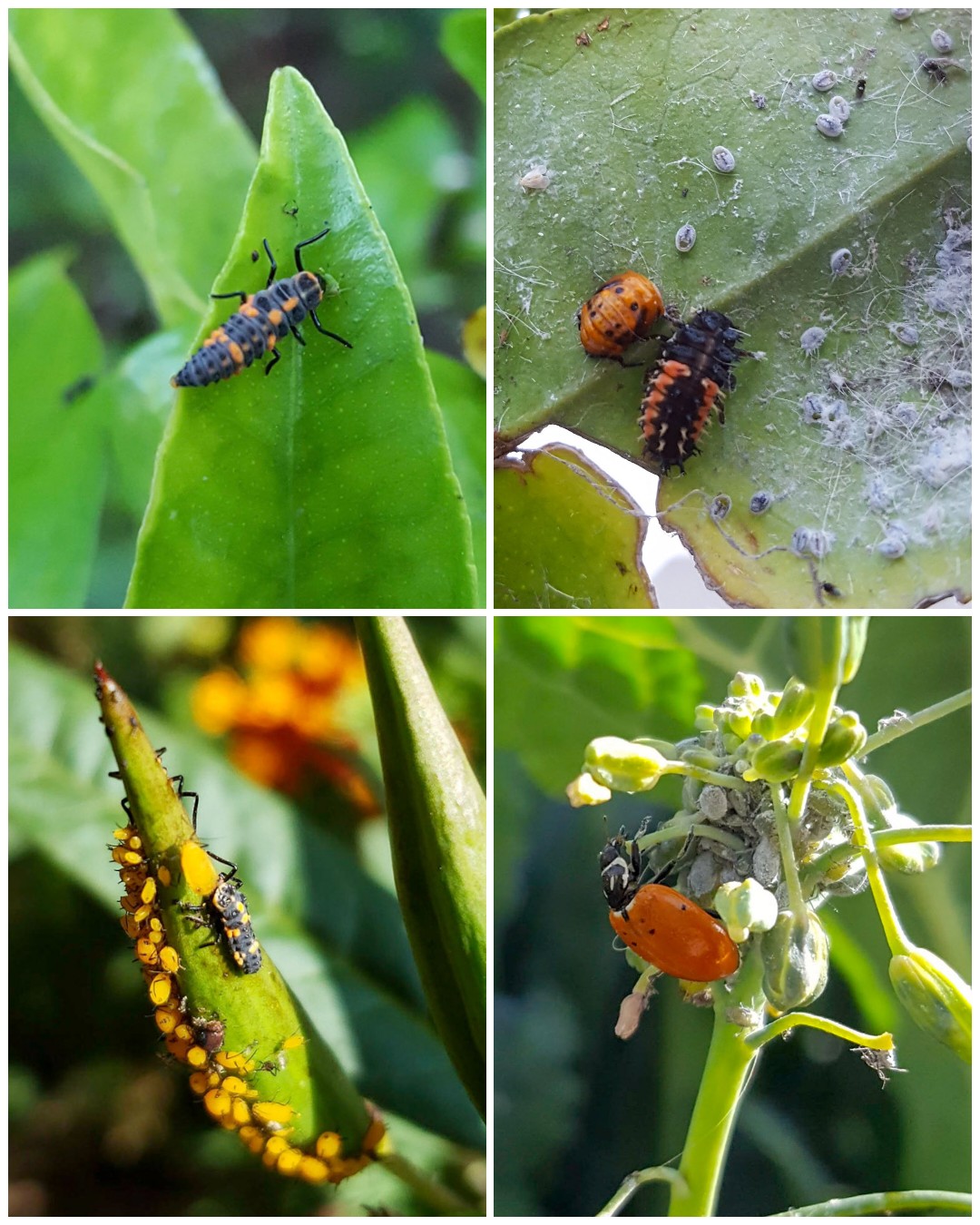
On most occasions, the aphids do not attack the plants severely. That’s why the pesticide is normally unnecessary for their population control.
You can eliminate the aphids in a localized manner since they typically come in quite small groups. To keep their populations low, introducing their natural predators is a brilliant option for sure.
In case you are still unsure about using homemade plant spray, put predatory insects into your consideration. Compared to the insecticide, they are safer for the trees as well as the garden.
Adding certain natural enemies to the affected area will tackle the woolly aphid problem. Some of the predatory insects are parasitic wasps, ladybugs, hoverflies, and green lacewings.
You can get the eggs of predatory insects from local garden centers. Those predators are great for eliminating milkweed aphids, too. Most importantly, the treatment only requires your little effort.
The natural enemies prevent the pests from overpopulating your area. That way, woolly aphids won’t generate an infestation. Additionally, the predatory insects do not cause any damage to the trees and plants.
Spotting a few flying cotton bits here and there is no big deal. However, the woolly aphid infestation in the garden or trees requires serious attention as well as action.
The large woolly aphid colony can impede plant growth, especially the new ones.
Moreover, the pest treatment with predatory insects keeps their leaves from yellowing and becoming distorted.
This biological pest control method successfully prevents plant destruction. Be sure you do it at the right time.
Most growers overcome the issue when woolly aphids as well as other garden pests initially come into view.
Before you use the predatory insects, it is vital to examine your plants thoroughly at the beginning of the growing period.
Fortunately, banishing the aphid infestation is easy. Some gardeners try this method along with DIY insecticide.
Woolly Apple Aphid Chemical Control
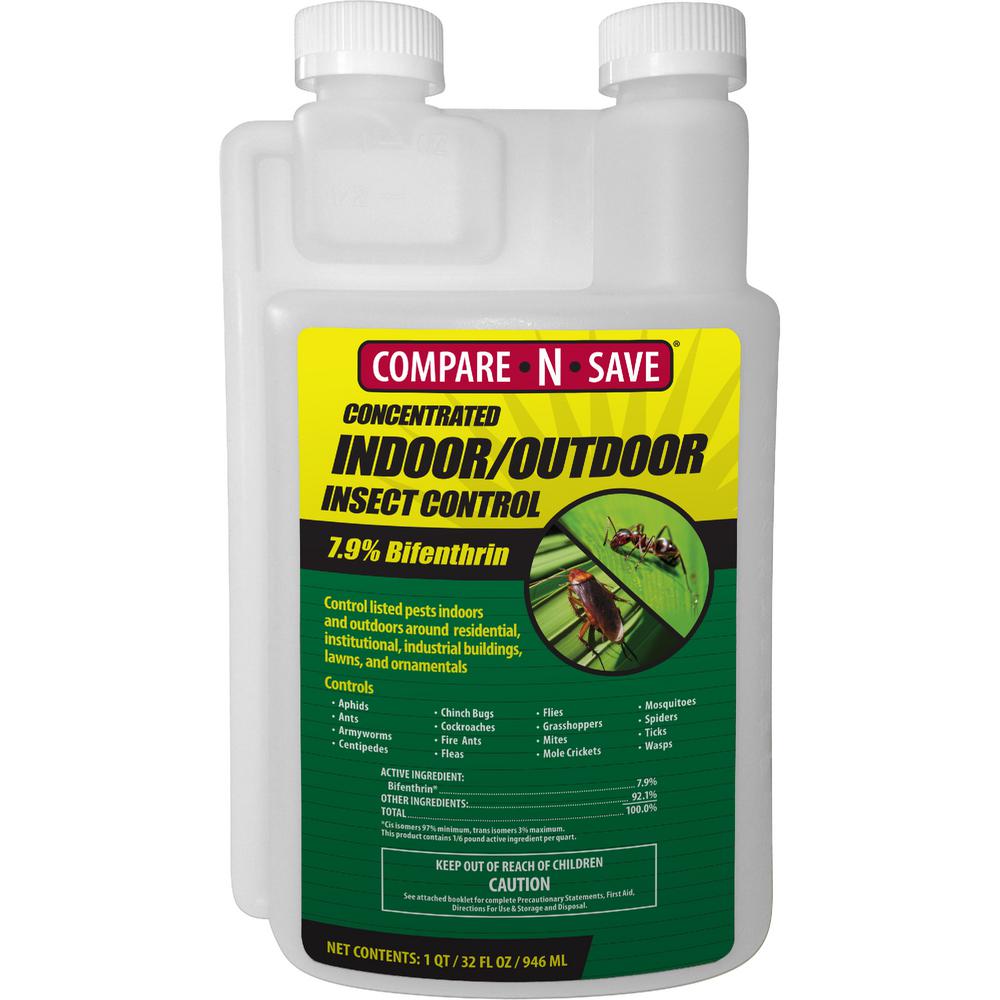
You can remove minor infestation using natural elimination techniques. On rare occasions, woolly aphids attack the plants severely. If that is the case, pesticides and systemic insecticides are usually needed.
Speaking of chemical control, the gardeners generally use acephate (Orthene). This insecticide helps you get rid of woolly aphids with ease.
Furthermore, you can opt for other chemical pesticides such as Bifenthrin, Carbaryl, Permethrin, and Imidacloprid. They fight against the large colony of woolly aphids.
Another popular solution for pest control is malathion. Compared to other insecticides, it is less toxic to mammals.
Hopefully, you learned a lot about different treatments for woolly aphids. The early action and great prevention are truly paramount to keep the pest numbers low. Last but not least, stay away from harsh chemicals if possible.
Very comprehensive article on wooly aphids. Thanks